Not only is it important to consider contemporary religion in its historical context, but we need to consider the study of contemporary religion in its historical context too.

Arrarnte elders, Alice Springs, 1896. Via Wikimedia commons.
I recently attended a talk by Professor James Cox on cultural memory among the Australian Aboriginal people. In particular, Cox focused on the work of T.G.H. (Ted) Strehlow among the Arrarnte people, recording the traditions of the Elders. Many of these stories and rituals were later compiled in Aranda Traditions (1947) and Songs of Central Australia (1971). He was initiated into the tribe, whereupon several of his elderly informants confided in him that they could not rely on their sons or grandsons to preserve their stories, rituals or sacred objects (tjurunga). If not for Strehlow, almost all of these would have been forgotten a generation later, which Cox described as a break in the chain of memory (invoking the work of Danielle Hervieu-Leger). However, Strehlow’s work has allowed the current generation to relearn these tales and practices, in what Cox described as a process of “repatriation”.
No doubt, this is an empowering situation for present-day Arrarnte people, and important for addressing the problematic legacy of colonialism. But this set me thinking about the idea of a chain of memory. How do we know for sure that this was an ancient tradition? Might it have been the case that the elders had forgotten as much of the traditions of their forefathers as the present generation had of theirs? The fact is, without evidence, we are simply guessing. Worse, we are possibly making the rather colonial assumption that such indigenous people existed in a timeless state, essentially unchanged since prehistory – at least until they encountered Europeans.
There is a tendency to see the modern world as something special, a period which is dramatically and fundamentally different from all that has gone before. For all that we have gained, the argument goes, like technology, literacy, human rights, we have lost other things, like community, simplicity, perhaps even enchantment. Before we could blame it on the Internet, the Victorians harked back to a pre-industrial pastoral existence as they rushed into the soot-smothered cities, and the incipient scholars of the Enlightenment harked back to the pagan grandeur of Greece and Rome.
Ironically, then, separating our age from what has gone before is exactly what previous ages have done. Modern scholars are no different; indeed, the idea is there from the moment that we started to look at modern society seriously. Weber saw an iron cage of disenchantment; Durkheim saw the complexification of society leading to anomie and suicide; Frazer saw a progression from magic to science, whereas Müller saw a degeneration from natural, pure religiosity. The secularisation thesis has been refined and reformulated over time, but was originally based upon the teleological idea of an inevitable move from superstition to religion to science. Yet as we now know, it is increasingly difficult to make the data fit this argument.
Perhaps this is the issue: data. The further back we go, the more we are working with official data and less with the thoughts, deeds and ideas of ordinary people. Where there are primary documents, they are difficult to read at face value due to years of interpretation and even redaction. But when looking at the modern world, we are awash with data, drowning in it almost, from every level and section of society.
The study of contemporary religion is rich in ethnological specificity and deals well with change. What would a study of indigenous religion – or Medieval Catholicism, or the Classical world – which assumed not stability and tradition, but constant reformulation, innovation and diversification look like? Understanding contemporary religion in historical perspective might be an approach which helps us to understand the religion of the past as well.

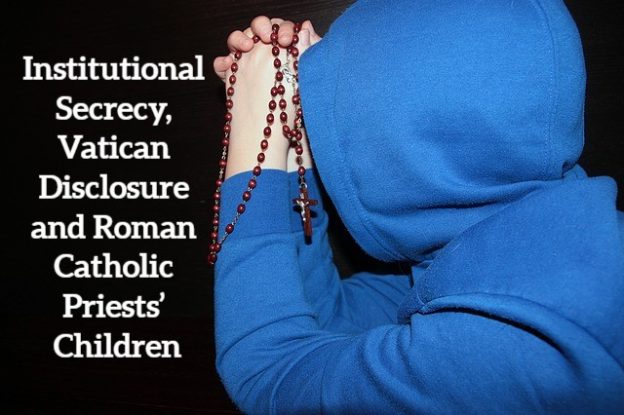

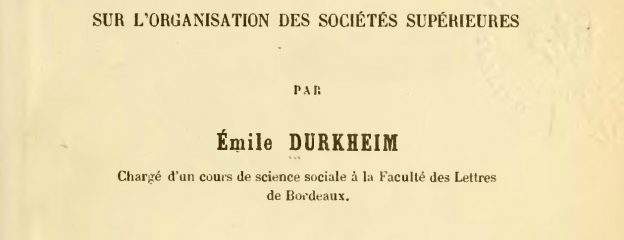
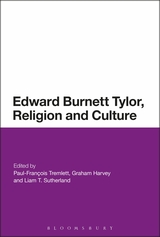
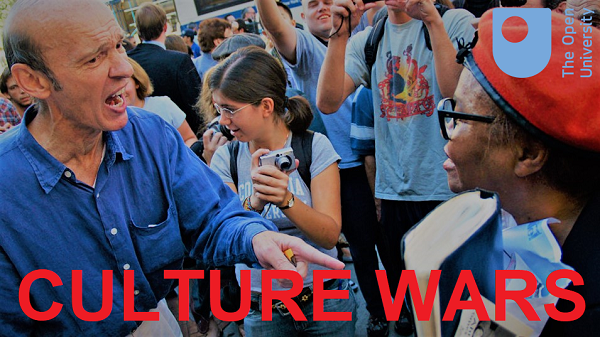
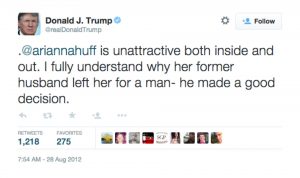
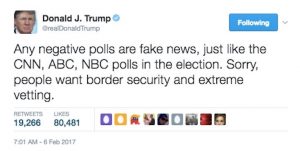

 Roots of Yoga, authored by James Mallinson and Mark Singleton, is the first major text from
Roots of Yoga, authored by James Mallinson and Mark Singleton, is the first major text from 